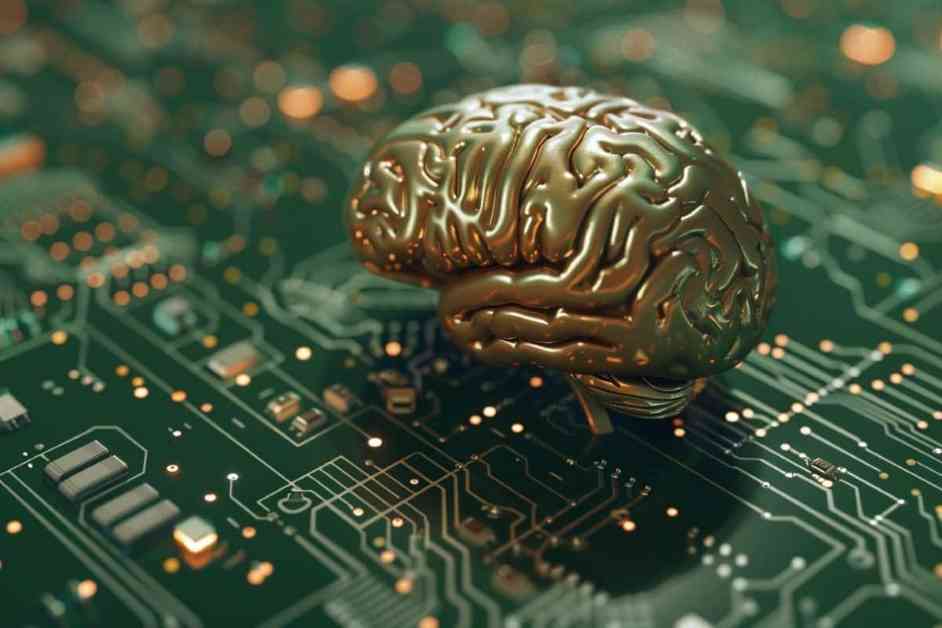Artificial intelligence (AI) has made significant strides in recent years, with machines now able to read, talk, and analyze data. However, despite these advancements, AI still faces critical limitations. Kyle Daruwalla, a NeuroAI Scholar at Cold Spring Harbor Laboratory (CSHL), has been working on developing a new AI model inspired by the efficiency of the human brain.
Daruwalla’s innovative AI model allows AI neurons to receive feedback and adjust in real time, enhancing learning and memory processes. This design is based on how the human brain processes and adjusts data efficiently, enabling individual AI “neurons” to adapt on the fly rather than waiting for a whole circuit to update simultaneously. This real-time adjustment of data processing is a breakthrough that could lead to a new generation of more efficient and accessible AI.
The key to Daruwalla’s design was inspired by the human brain’s ability to process information in a highly energy-efficient manner. By mimicking how our brains take in new information, Daruwalla’s AI model aims to reduce the energy consumption associated with bouncing data around in artificial neural networks.
Moreover, Daruwalla’s research provides evidence for a theory that correlates working memory with learning and academic performance. Working memory is crucial for staying on task while recalling stored knowledge and experiences. The new machine-learning model developed by Daruwalla highlights the importance of working memory circuits in facilitating learning, providing a concrete rule that ties together synaptic updates and working memory.
This innovative approach to AI design could pave the way for a new generation of AI that learns more like humans. By incorporating elements of human brain function into AI algorithms, Daruwalla’s model not only enhances the efficiency and accessibility of AI but also brings AI and neuroscience closer together.
The potential impact of this breakthrough extends beyond the realm of artificial intelligence. It represents a significant step towards bridging the gap between AI technology and neuroscience research. By drawing inspiration from the brain’s computational power and energy efficiency, Daruwalla’s AI model offers a promising glimpse into the future of AI development.
In conclusion, Kyle Daruwalla’s research at CSHL showcases the exciting possibilities of brain-inspired AI learning. By integrating principles of human brain function into AI algorithms, Daruwalla’s model opens up new avenues for enhancing the efficiency and accessibility of AI technology. This groundbreaking approach not only has the potential to revolutionize the field of artificial intelligence but also to deepen our understanding of the intricate workings of the human brain.
